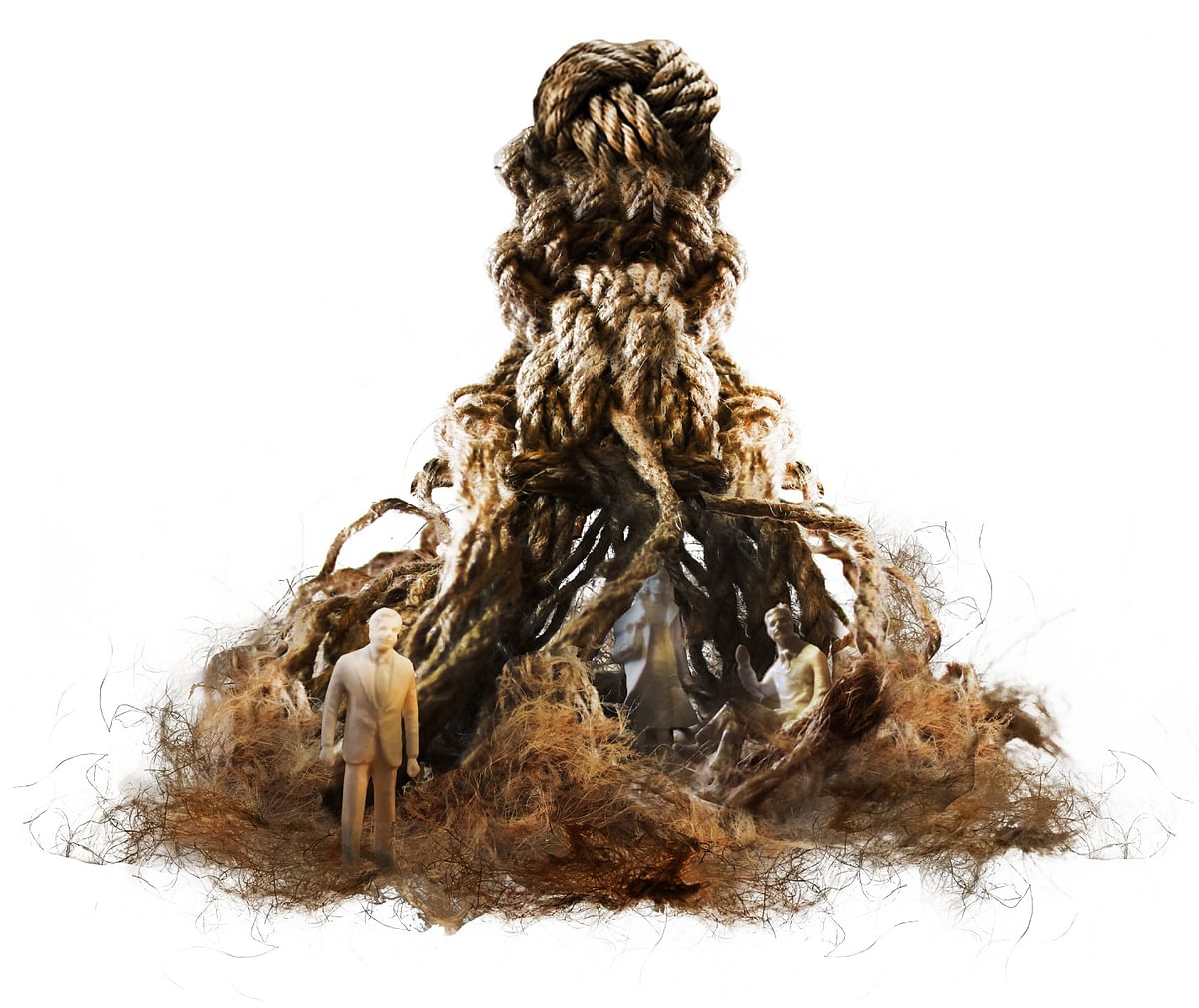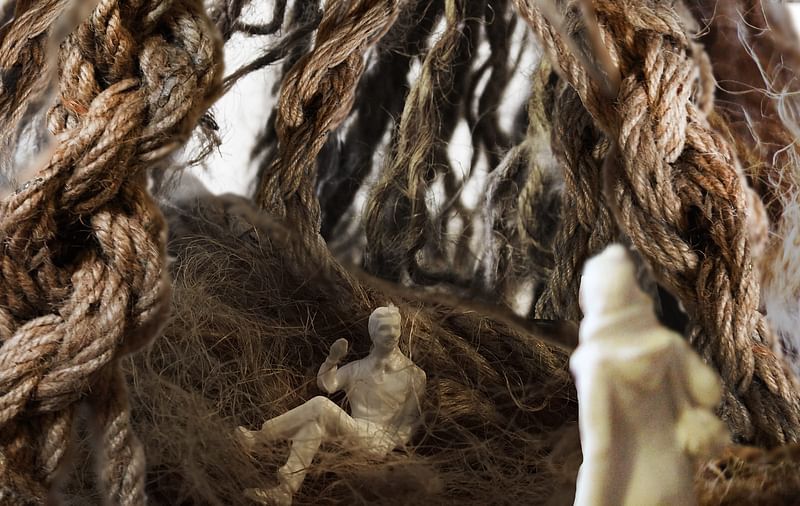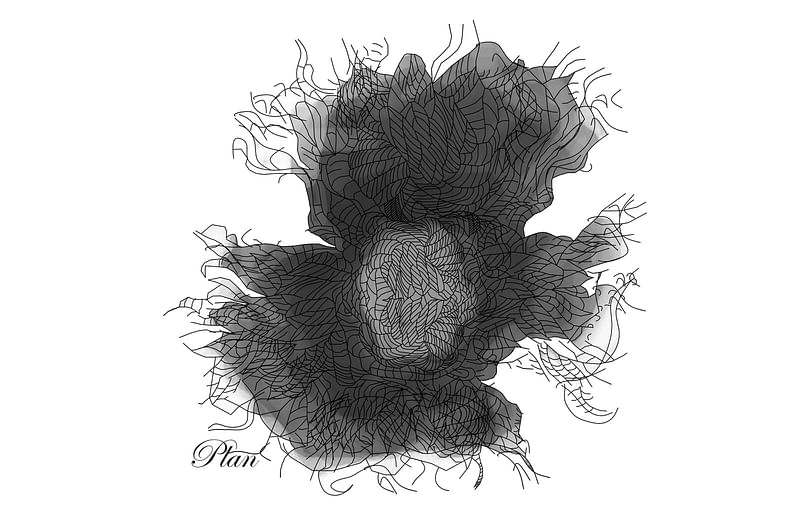A closer look into Ulf Mejergren + Kyla Walker's sukkah-inspired "Roots" from Sukkahville 2015
By Bustler Editors|
Friday, Aug 14, 2015

Related
The Kehilla Residential Programme recently concluded their Sukkahville 2015 competition, where entrants designed contemporary interpretations of the traditional Jewish sukkah. Stockholm-based Ulf Mejergren Architects in collaboration with Toronto-based artist and designer Kyla Walker were one of the lucky eight designers whose proposal was selected to be installed in front of the Toronto City Hall during the Sukkot holiday next month.
The team's "Roots" proposal takes the universal idea of staying connected to one's roots and renders the idea into an enticing tree-like structure, invititing visitors to gather around and have a seat inside. "Roots" will be publicly displayed at Nathan Phillips Square in September.
Get a glimpse of the design right below.
Project description:
"The sukkah transforms from an almost dissolved and chaotic structure to a neat and interlaced arrangement, in just one piece, creating a highly interesting structure as well as a poetic reflection of the history of the Jews, where both turmoil and unity have been present and where the search for roots have been of great importance."

"The strands that unwind from the main stem creates an enclosure and gives places to sit and lie down, both on the inside and outside of the structure. The structure will have similarities with a great tree stump with the roots unfolded, and is made out of local grass that is twisted by hand, meaning only one main material is used as well as only one building technique."

"The ropes are then twisted together until a certain thickness is accomplished. One end of the ropes are finished by being tied together in a great knot and on the other end the strands are gradually untwined, becoming fluffy fibers closer to the ground."

"To stabilize the sukkah, some of the larger strands will reach the ground and will also be reinforced with a core structure that the ropes are twisted around. Grass is inexpensive, natural and will be reused for food of farm animals later."
Also check out Ulf Mejergren Architects' "Stick City", the town 100 kids (could have) built.
Images courtesy of Ulf Mejergren.



Share
0 Comments
Comment as :